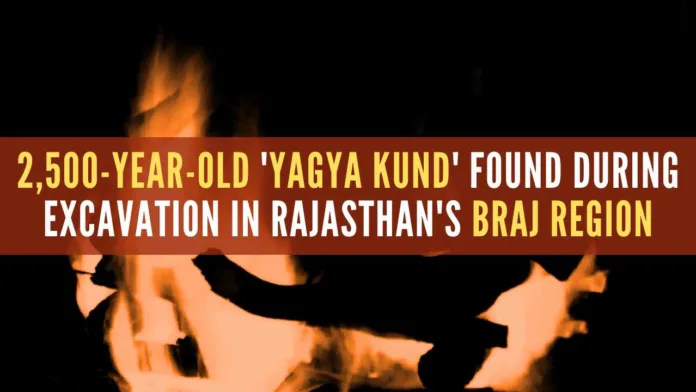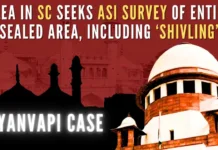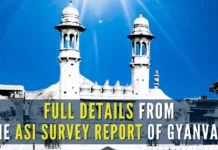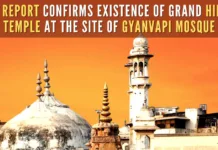
A pair of statues of Ashwini Kumar have been found which belong to the Sunga period
In a significant discovery, the Archaeological Survey of India (ASI) has found a 2,500-year-old ‘yagya kund‘, along with metal tools and coins among other ancient articles during the excavation of a mound in Bahaj village of Deeg Tehsil in Rajasthan’s Bharatpur division.
A pair of statues of Ashwini Kumar, the twin gods associated with medicine and health have been found which belong to the Sunga period. The names of Ashwini Kumar in Mahabharata are Dstra and Nasatya. Idol plates of Ashwini Kumar of the Sunga period and tools made from bones and fragments of pottery believed to be from the Mahabharata period have also been found.
Till now, no evidence of the twin gods has been found in India before 700 BC. However, for the first time, this evidence from 200 BC has been found in Bahaj village, said officials.
The soil taken out from the Havan Kund is kept separate, considered to be of special significance.
Evidence of religious rituals like Yagya being performed thousands of years ago has also been found in the excavations. Tools made from bones and ancient baked clay sculptures from the Mauryan period have also been found.
Vinay Gupta, Superintendent of Archeology with Jaipur Division, said: “After a long gap of 50 years, excavation work has been started on a large scale in Braj area. The evidence found during the excavation is very unique. Such evidence was not found in the earlier excavations. The work will continue for some more time and there is a possibility of finding other evidence including some remains.”
Excavation has been going on for four months at a mound in Bahaj village by the ASI’s Survey Board, Jaipur. Even before the excavation, the team of the Archeology Department, after investigating the mound, confirmed that there are remains of ancient times here and requested to carry out an excavation to discover human civilization, following which the Government of India approved the budget and gave permission for excavation.
Pits contain sacrificial soil, which is natural sandy soil, along with offerings of miniature pots in different shapes, sometimes containing copper coins wrapped in cloth, and also copper and iron objects have been discovered.
Superintendent of Archeology, Jaipur Division had identified the mound of Bahaj village during his PhD research. A survey was conducted a few months ago by a team from the Jaipur division. After the survey, the proposal for excavation was sent to the Director General of ASI, and the excavation started on January 10, 2024. Since then, the excavation is in progress.
This excavation is being done in Deeg after 50 years, as earlier, it was done in Mathura. It is done at two different places on the mound of Bahaj village under the supervision of officials of the Archeology Department in Rajasthan’s Braj region.
All the remains found during the excavation have been sent to the Jaipur Archeology Department. Efforts are also being made by the Department to display the important remains by making a gallery in Nand Bhawan of Deeg Museum.
For all the latest updates, download PGurus App.
- Swati Maliwal records statement in assault row; case filed against Arvind Kejriwal’s PS Bibhav Kumar - May 16, 2024
- India is becoming manufacturing hub of the world: Union Minister Ashwini Vaishnaw - May 16, 2024
- Delhi Police reach Swati Maliwal’s home for info in assault case; NCW summons Arvind Kejriwal’s PA Bibhav Kumar - May 16, 2024










